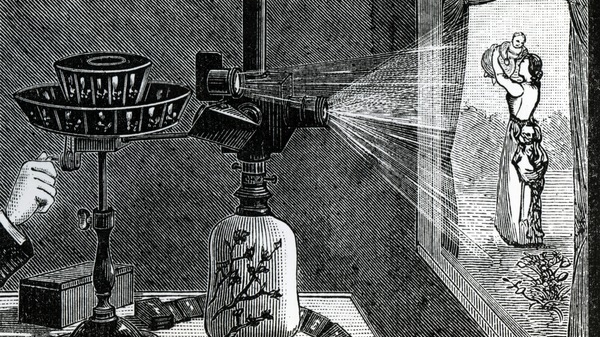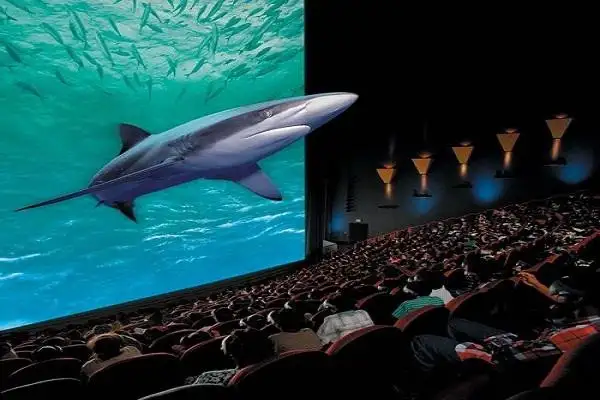The origins of cinema: tracing the history of moving images from early optical devices to the birth of the motion picture
The magic lantern, invented in the 17th century, projected static images onto a screen using a light source and a lens. In the 1820s, Joseph Plateau and Simon von Stampfer improved upon the device by adding a spinning disc with slits cut into it, which created the illusion of motion when the images were projected in succession.
The phenakistoscope, invented by Joseph Plateau in 1832, was another early optical device that used the principle of persistence of vision to create the illusion of motion. This device consisted of a spinning disc with images drawn on it, which were viewed through a series of slits as the disc spun.
As the technology for creating and projecting moving images improved, the first motion pictures were created. In the late 19th century, inventors such as Eadweard Muybridge and Louis Le Prince developed cameras that could capture and record motion. In 1895, the brothers Auguste and Louis Lumière invented the Cinématographe, a device that could both capture and project moving images.
The first motion pictures were short, simple films that depicted everyday life, such as workers leaving a factory or a train arriving at a station. The Lumière brothers' film "Arrival of a Train at La Ciotat Station" was one of the first motion pictures to be publicly shown, and it is considered to be the first motion picture ever publicly exhibited.
The birth of cinema as we know it today can be traced back to these early optical devices and the invention of motion picture cameras and projection systems. The development of sound and color technology in the early 20th century further advanced the medium and allowed for the creation of more sophisticated and engaging films. Today, cinema is a global industry that continues to evolve and innovate, with the use of computer-generated imagery, virtual reality and other emerging technologies.The history of cinema continues to evolve with the advent of new technologies. The introduction of synchronized sound in the 1920s revolutionized the industry, allowing for the creation of "talkies" and greatly enhancing the viewing experience. This was followed by the advent of color film in the 1930s, which further added to the realism and immersion of the medium.
In the 1970s, the introduction of the video cassette recorder (VCR) allowed people to watch movies at home, leading to the decline of movie theater attendance. However, the 1980s and 1990s saw a resurgence in Hollywood with the emergence of blockbuster films such as Star Wars, Jaws, and E.T. The Extra-Terrestrial. The industry also saw the rise of independent cinema and the use of computer-generated imagery (CGI) in films, which has become increasingly prevalent in contemporary cinema.
Today, the film industry continues to evolve and adapt to new technologies and distribution platforms. Streaming services such as Netflix and Amazon have begun to produce their own original content, and the use of virtual reality and augmented reality is becoming more common in film production. The cinema experience has also changed, as multiplexes have replaced single-screen theaters, and 3D and 4D technology have been introduced.






Comments
Post a Comment